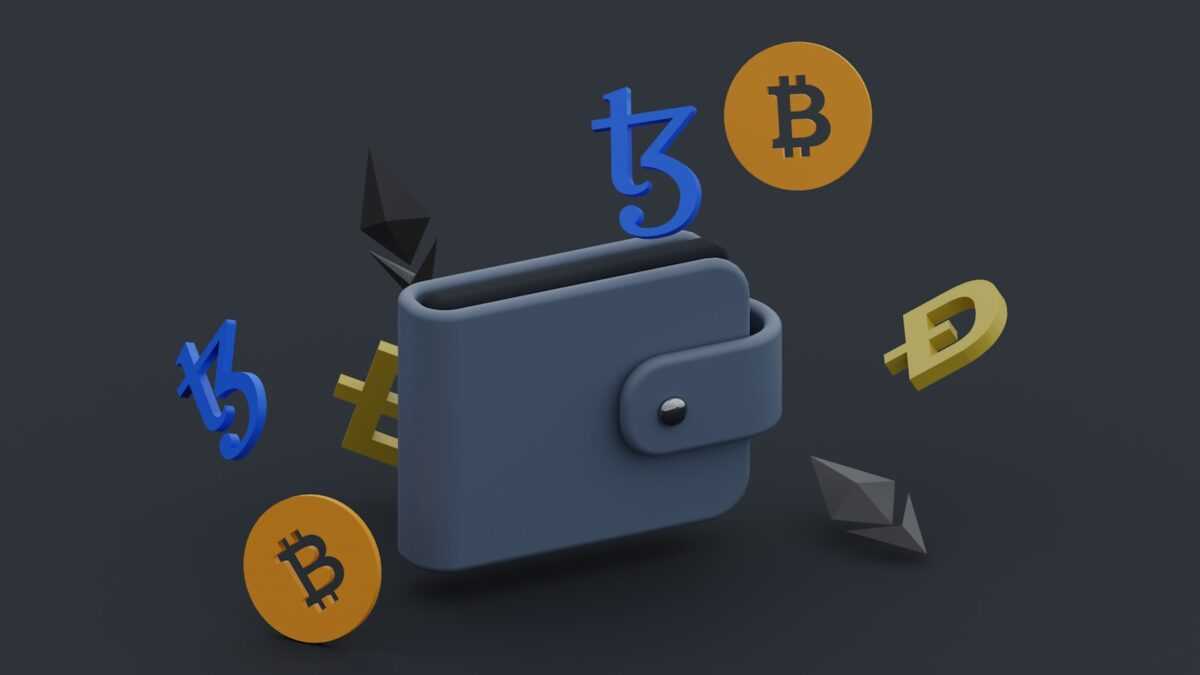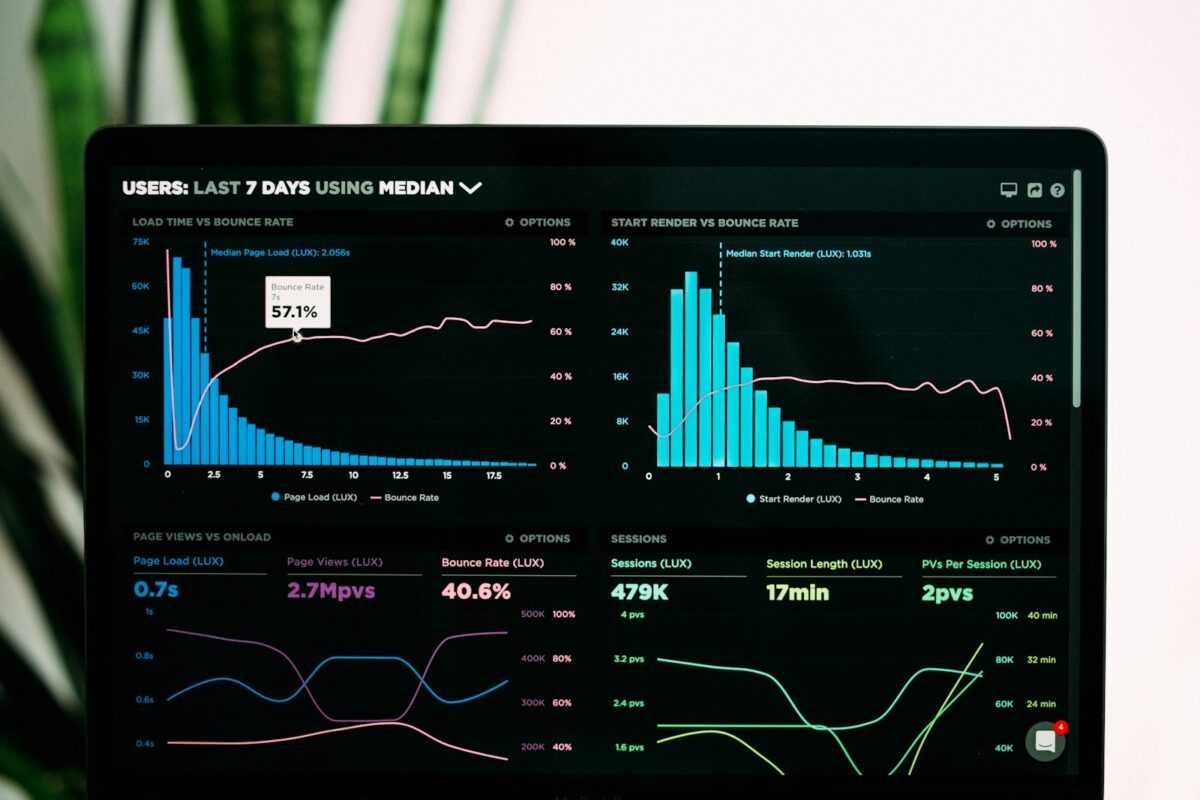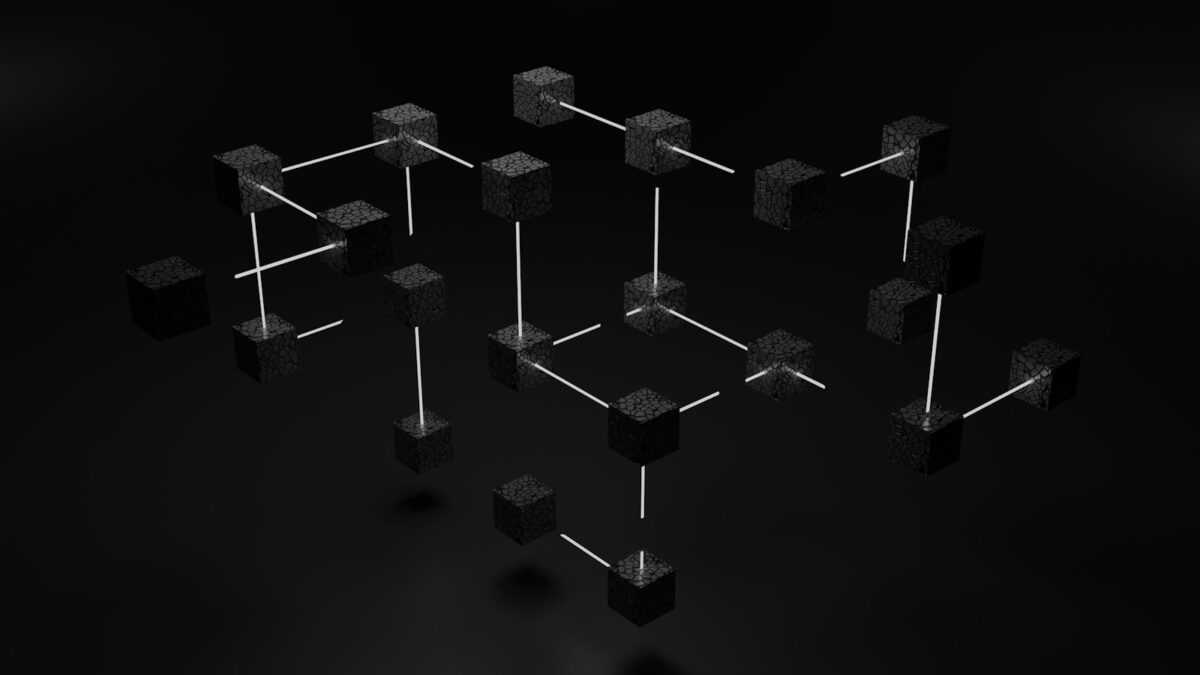Smart contracts – self-executing programmable agreements
Implement executable code that enforces terms automatically, eliminating intermediaries and reducing dispute risks. Such digital arrangements rely on predefined logic embedded directly within blockchain platforms like Ethereum, where decentralized ledgers guarantee transparency and immutability. These automated protocols trigger actions when specified conditions are met, ensuring trustless execution without manual intervention. By encoding business rules into … Read more










